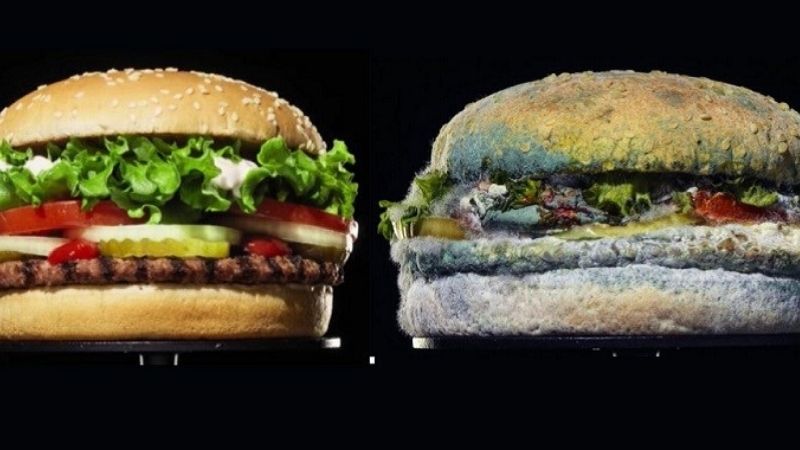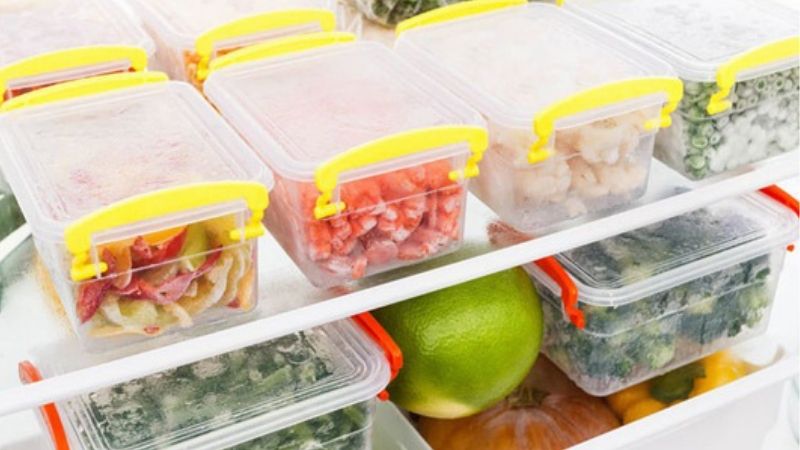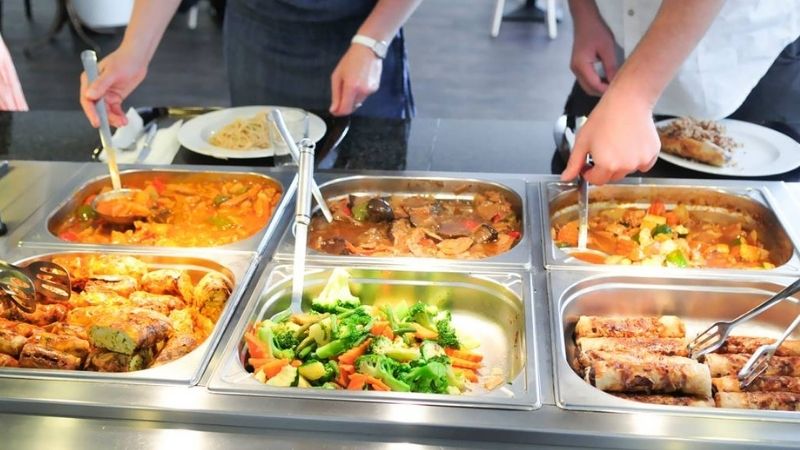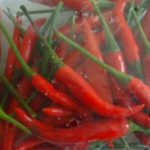## Spoiled Food: Causes, Identification, and Proper Food Storage Methods
1. Causes of Food Spoilage
 Understanding Food Spoilage
Understanding Food Spoilage
Food spoilage occurs when harmful bacteria present in the air come in contact with food left out in the open. This bacterial invasion causes the food to rot and become unsafe for consumption.
Food kept in a natural environment, especially during hot and sunny days, accelerates the spoilage process.
Each type of food has a different shelf life, and consuming food past its expiration date can be dangerous.
Improper food storage practices, such as not sealing containers, mixing different types of food, and prolonged refrigeration, can also contribute to food spoilage.
2. How to Identify Spoiled Food
 Identifying Spoiled Food
Identifying Spoiled Food
Identifying spoiled food is relatively easy and can be done using your senses:
– Smell: A strong, unpleasant odor, often described as sour or rancid, indicates that the food has gone bad.
– Sight: Spoiled food may exhibit visible signs of mold, moss, or foam.
– Touch: Spoiled food may change in texture and become soft or mushy. If left for too long, it may even start to liquefy.
3. Proper Food Storage Methods
To prevent food spoilage and ensure food safety, consider the following easy-to-implement storage methods:
Regular Reheating
 Benefits of Reheating Food
Benefits of Reheating Food
Reheating food not only enhances flavor but also inhibits bacterial growth and activity. However, it should be done in moderation, as frequent reheating can lead to nutrient loss and the formation of potentially harmful compounds.
Cold Storage
 The Benefits of Cold Storage
The Benefits of Cold Storage
Refrigeration is a common and effective way to store both raw and cooked food. After a meal, transfer leftovers to airtight containers or cover them with plastic wrap before placing them in the fridge. While you can store food for 1-2 days, it’s best to consume it as soon as possible. Cooked vegetables, such as stir-fried or boiled vegetables, should be discarded rather than stored. Avoid mixing different types of food in the same container.
For longer-term storage, utilize your freezer. However, it’s essential to use frozen food within a reasonable timeframe to prevent deterioration.
Using a Food Warming Cabinet
 The Benefits of Food Warming Cabinets
The Benefits of Food Warming Cabinets
Food warming cabinets are commonly used in restaurants, industrial settings, schools, and other places where large quantities of food need to be stored and kept warm. These cabinets maintain a constant temperature, preserving the flavor and nutritional value of the food.
We hope that these food storage tips will help you and your family enjoy safe and healthy meals in the future.
– Refrigerate perishable foods promptly: Meat, poultry, seafood, dairy, and leftover foods should be stored in the refrigerator at temperatures below 40°F.
– Use airtight containers: Store dry goods, such as grains, cereals, nuts, and snacks, in airtight containers to keep them fresh and protect them from pests and moisture.
– Utilize the freezer: Freezing food can significantly extend its shelf life. Meat, bread, fruits, and vegetables can be frozen and thawed when needed.
– Practice FIFO (First In, First Out): Implement a FIFO system in your pantry and refrigerator, ensuring that older items are used first and reducing the chances of food going bad.
– Changes in appearance: Discoloration, mold growth, or an unusual texture are indications that food has gone bad.
– Strange odors: Food that has spoiled will often emit a sour, rancid, or unpleasant odor.
– Expired dates: While not always indicative of spoilage, it’s important to adhere to ‘use-by’ and ‘best before’ dates as a general guideline.
– Changes in taste: If food tastes sour, bitter, or ‘off,’ it’s best to discard it.
– Meat and poultry: These can be preserved by refrigerating or freezing promptly after purchase. Additionally, consider using marinades with acidic ingredients like lemon juice or vinegar, which can help inhibit bacterial growth.
– Dairy products: Milk, cheese, and yogurt should be kept refrigerated at all times. For extended storage, freeze milk or yogurt, and opt for hard cheeses over soft ones, as they last longer.
– Fresh produce: Fruits and vegetables are susceptible to spoilage. Store them in the refrigerator, separate ethylene-producing fruits (like apples and bananas) from ethylene-sensitive ones (like avocados and leafy greens). Also, consider blanching and freezing vegetables to extend their shelf life.
Ten Strategies to Streamline Your Cooking Process
Are you a busy housewife looking for ways to save time in the kitchen? Did you know that flossing can also help you out? Check out these 10 tips to help you quickly and easily prepare delicious meals for your family. Learn how to peel garlic in 10 seconds and cut cherry tomatoes quickly for a healthy and tasty meal.
4 Strategies for Storing Chili for One Month
Do you want to enjoy the fresh, spicy flavor of chili peppers all month long? Look no further! This article provides tips and tricks for storing chili peppers so that they stay fresh and flavorful for up to a month. Learn how to best preserve your peppers and savor their zesty taste for weeks to come.
Recognizing Spoilage and Best Practices for Storing Milk
Dien May XANH is advocating for the careful storage of milk to ensure people consume the nutrition-rich beverage that is safe and healthy. Milk, a source of vitamins and minerals essential to our bodies’ functioning, can become tainted if not properly handled, causing painful, and in some cases, severe gastrointestinal distress.
Discover the Quickest Way to Clean Your Fridge for Tet in Under 20 Minutes
As we approach Tet, preparations for the New Year can seem endless. From cleaning the house to sorting through cabinets, it can be a taxing process. But perhaps the most dreaded New Year chore is refrigerators. No need to fret, though – with these helpful tips, you’ll have a clean fridge in no time – just 20 minutes!



































